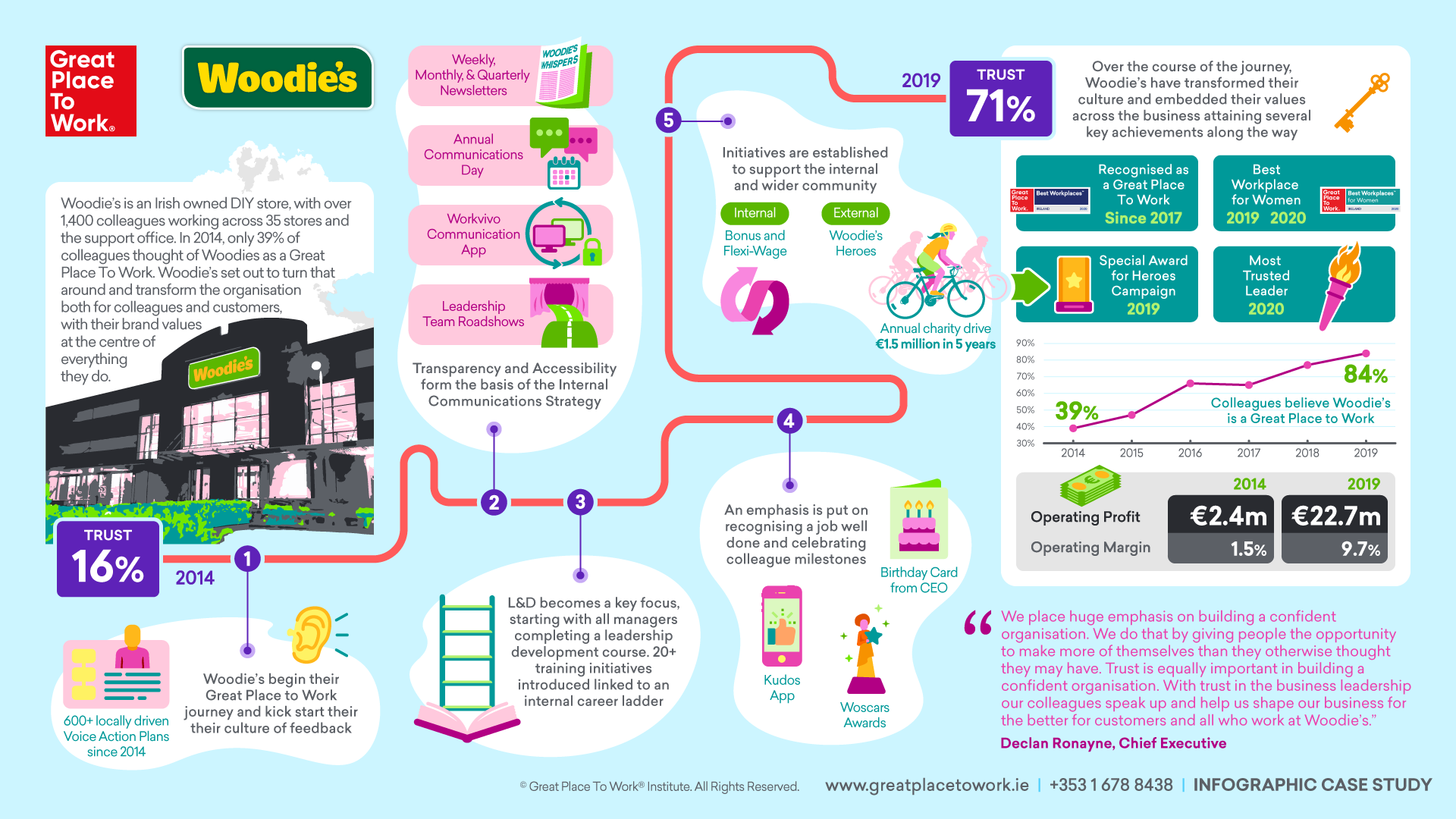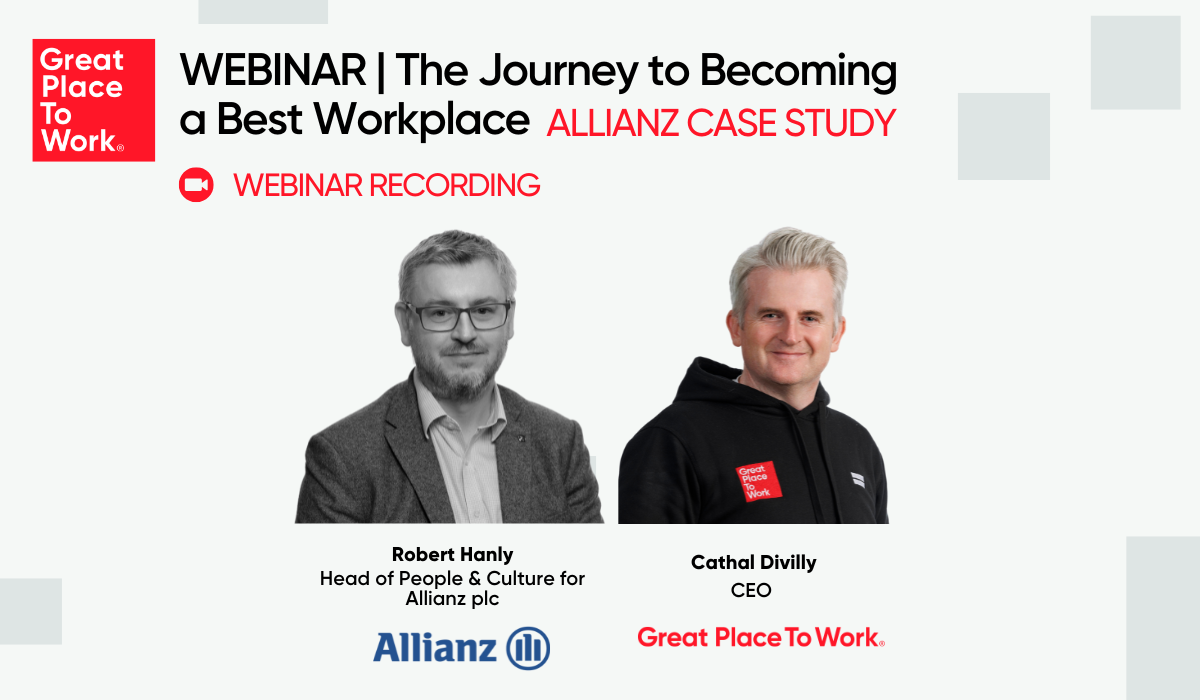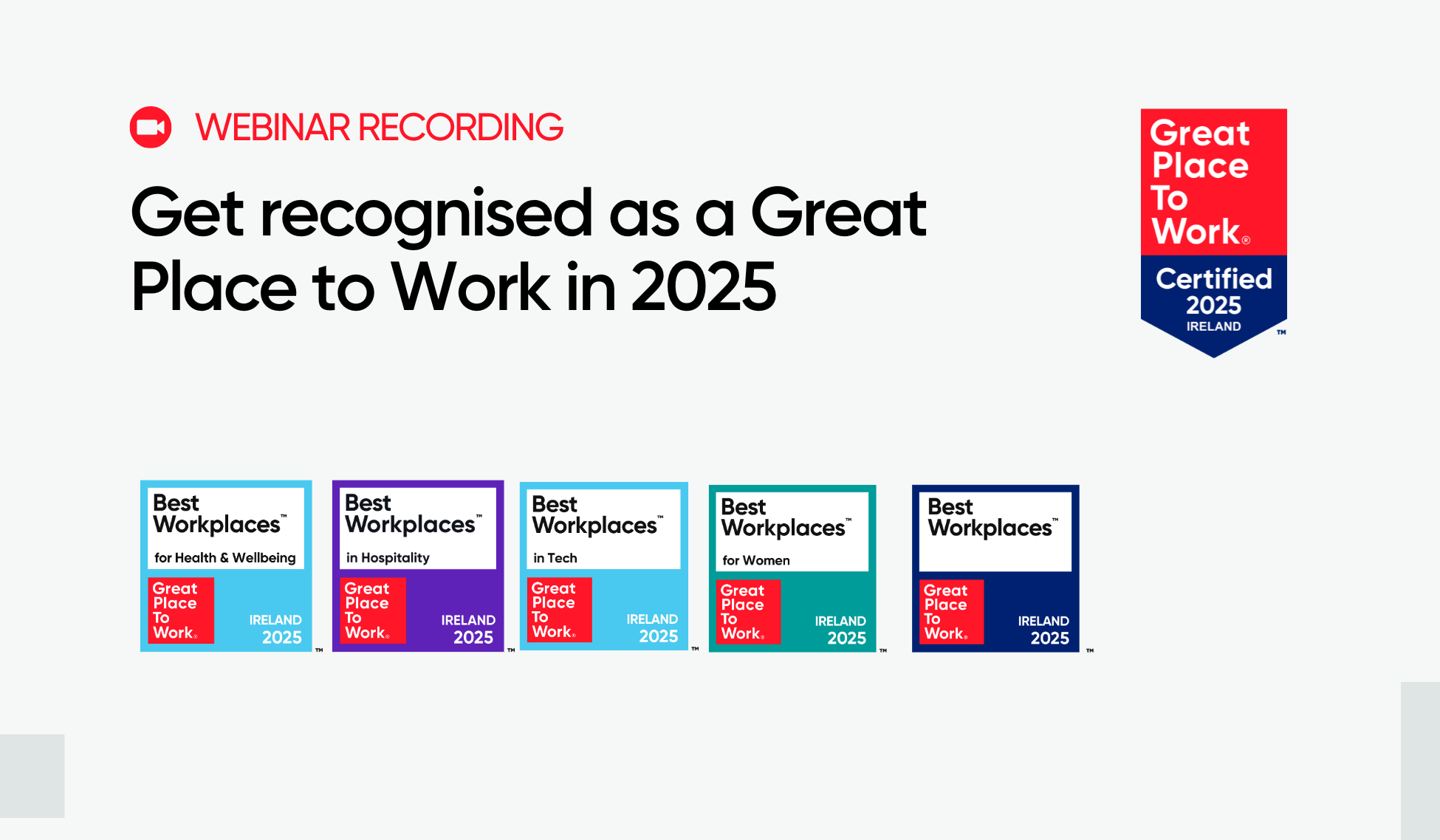Employee turnover is inevitable for any organisation. In fact, it can even be a healthy way for your business to stay continually growing and evolving with the times. However, it’s when you notice a pattern – that the turnover is constantly coming from your best employees - that it can become worrying.
But why is this happening? We’ve compiled a list of 6 reasons why your best employees leave, and how you can try to solve this problem.
Poor leadership
Strong leadership is vital for any organisation’s success. When leaders are not doing their job correctly, this has a ripple effect on the rest of the organisation. A characteristic of a good employee is that they are independent and reliable. They don’t need constant check-ins and micromanagement, which can be distracting and oftentimes insulting for employees who are otherwise confident and knowledgeable about the work they are doing. Listening to employee feedback is also a sign of great leadership and will showcase your commitment to valuing employee needs.
Your employees are likely to feel more content at work when they feel supported and valued. When setting tasks, let your employees know you are here if they need support and answer any questions they may have, but don’t feel the need to intervene at each step of the process. In doing this, you are telling your employees you do not trust them to do the job correctly, and they may feel they will be better appreciated elsewhere.
Conversely, poor leadership could also mean not checking in enough. It’s a slippery slope, but as a leader it is your responsibility to know your employees inside out and understand when it is necessary to step in and when they have got it covered. Not checking in enough can cause your employees to feel you don’t care and to not feel supported in the work they are doing, in turn potentially leading to a lack of confidence in their abilities. Open communication on this is key.
More resources on this topic:
- How Can Employers Prevent Quiet Quitting
- Why Employee Offboarding Experience Is Important?
- The Secrets to Retaining Employees from Europe's Best Workplaces 2022
Burnout
Job burnout is defined as a state of physical or emotional exhaustion that also involves a sense of reduced accomplishment and loss of personal identity, caused by prolonged stress. Research from Irish technology firm Workhuman in 2022 found that Ireland ranks among the worst in Europe for employee burnout.
It’s not uncommon for good employees to be overworked but also unappreciated, and these employees can reach a breaking point. Burnout can also lead to a knock-on effect within your business; when employees start to feel overworked, their quality of work can start to deteriorate due to a bad mental state.
Encourage your employees to have a healthy work life balance and check in with them regularly to ensure their workload is not too heavy. This also shows strong leadership. Know how your employees like to work and listen to them around important issues like whether they think a certain deadline is too soon or if they need additional support on a project. Implementing small things like mental health days or a redistribution of workloads across the board can also make a huge difference to an employee who is struggling.
Click here for more tips on how to promote employee wellbeing in the workplace.
Lack of recognition
A little encouragement goes a long way. Your employees want to feel like the work they are doing is appreciated and will feel more confident in this work if they are being recognised and commended for it. This same study from Workhuman in 2022 found that employees working at organisations with a recognition programme are 53% more likely to be “thriving” at work, also finding that employees who are given recognition at least a few times a month are 84% more likely to be thriving.
Showing appreciation and recognition to employees is a simple but extremely effective way to show you value the work they do. Employee recognition should be looked at on a case-by-case basis but could be something like an email thanking them for their hard work or even perks like a raise or promotion.
Furthermore, by maintaining a genuine interest in the employee as an individual and taking time for interactions on an individual level – for example, having conversations that have nothing to do with work – you can further help build that layer of trust. You are showing them they are not just a number to you, and that your organisation truly values them as a person, not just as a worker.
Check out our blog article for more tips on how to give back to your employees.
Lack of flexibility
With the switch to remote or hybrid working, it’s an understatement to say that the way we work has changed massively over the past few years. Companies have learned how to cater to their employees’ needs more and more, and the switch to a more hybrid working approach has shown that accessibility and flexibility is more achievable than ever before. Your employees know this.
There has been an enormous surge in organisations requiring their employees to return to the office in recent months. However, if you are in the position to do so, things like offering flexible start and finish times or offering remote working a couple of days a week (depending on your industry) can be a massive signifier to your employees that you are there to support them.
Maybe you’ve implemented a mandatory return to the office 5 days a week, but for most of your employees this will mean a return to a 1-hour commute each day – time they could be spending at home with family or enjoying personal time. Ask yourself: do your employees really need to be onsite every day, and could they be more satisfied with a more flexible approach?
Like with most things in a good company culture, maintaining an open and honest conversation about individual employee needs is an efficient way to stay up to date on how your flexible approach is working. Again, in doing this you are showing you value how your employees feel and how they want to work.
Check out our 5 Best Practices for Leading a Hybrid Team blog article for more advice on this.
Lack of progression
Another reason for good employees wanting to pack their bags is feeling that they are stuck in a rut in your organisation. Maybe they were hired a year or two ago and have been in the same position since the first day they started, doing basically the same work. Understandable – they’re good at their job. But most good employees need growth in order to feel stimulated and challenged. They want to feel there’s a pay rise on the horizon or an eventual switchup from the same menial tasks every day.
Providing employees with a clear path for learning and development will massively help with this – why not set up chats with employees every few months to discuss potential career goals and how you can help them achieve these? Is there certain skills they want to hone in on or another aspect of the business they want to learn more about? By not paying attention to your employees’ progression needs and goals, you are only serving to push them away to a different company who can better support them around this.
Negative work environment
The people you work with can often make or break your experience at a job. Your employees may love the work they do, but find the people they work with unhelpful or feel there is “toxic” workplace culture. This not only leads to a negative experience for employees, but a decrease in productivity as well as potentially damaging your organisation’s reputation.
These employees are not going to want to stay somewhere they feel is affecting their mental wellbeing, and you don’t want your organisation to be a place wherein your employees’ moods are worsened just by coming to work. If you think there is a risk your company culture is being marred by a sense of a toxic work environment, it’s important to delve into the problem and find the root cause.
Great Place to Work can assist with this by providing a framework to listen to your people and act on their feedback. When your employees are dissatisfied but have the opportunity to be heard through the Great Place to Work survey, it's a win-win situation – gathering feedback from the survey can help you identify the areas you need to work on and improve your workplace culture.
About Great Place to Work®
Great Place to Work® is the global authority on workplace culture. We help organisations quantify their culture and produce better business results by creating a high-trust work experience for all employees. We recognise Great Place to Work-Certified™ companies and the Best Workplaces™ in more than 60 countries.
To join the thousands of companies that have committed to building high-trust company cultures that help them attract, retain and take care of their people, contact us about getting Certified today.











